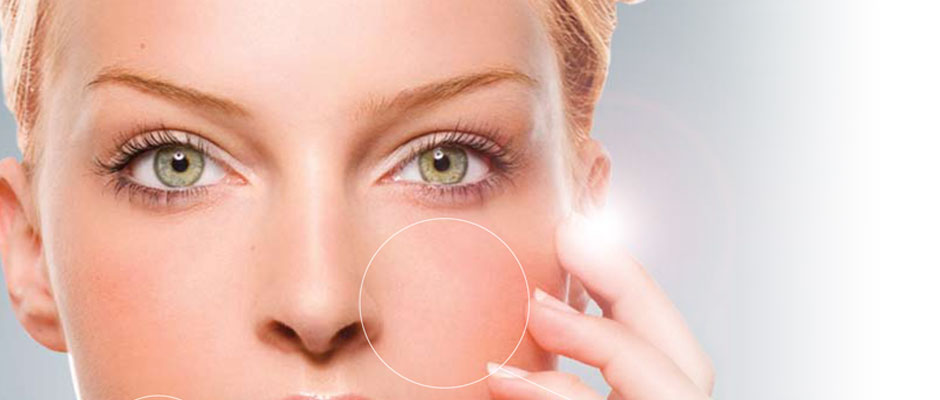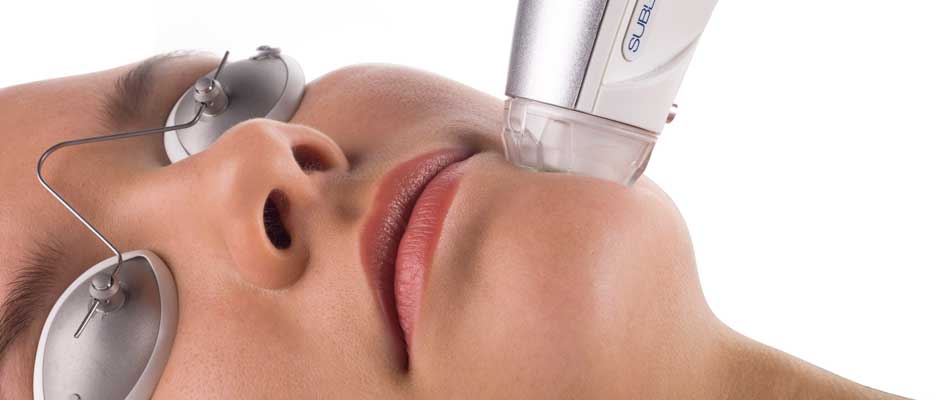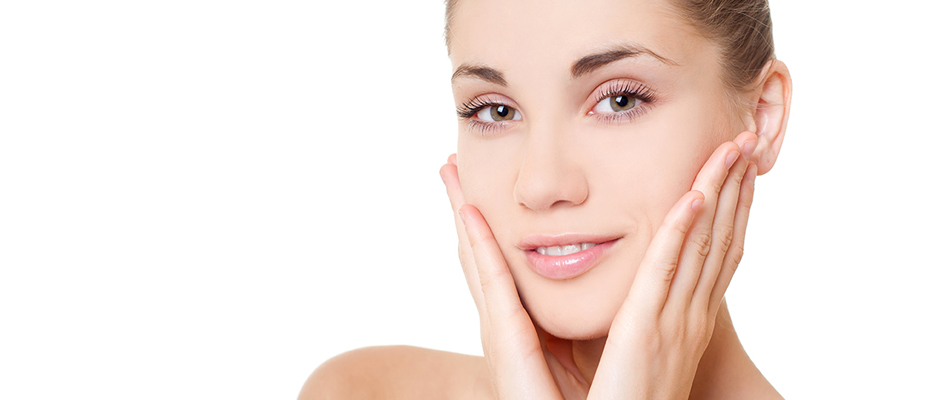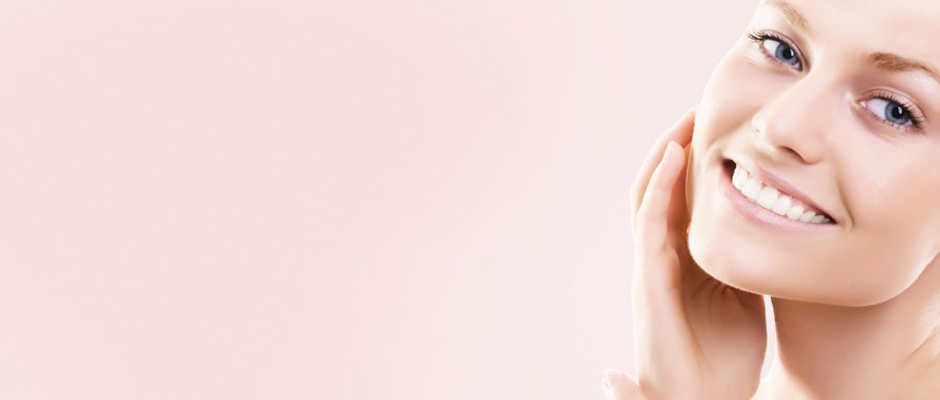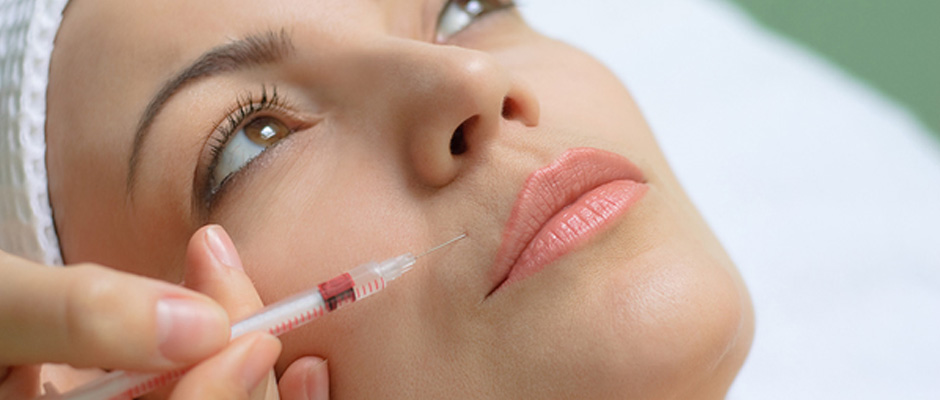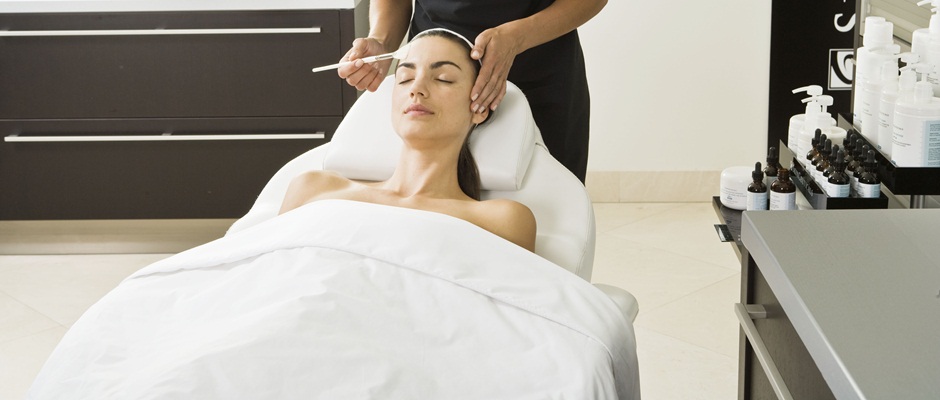
Chemical peeling is a minimally invasive method of rejuvenation that is carried out using different chemical solutions in order to improve the quality and structure of the skin. Chemical peeling deeply cleans pores, establishes seboregulation, improves skin texture and stimulates collagen synthesis in the deeper layers of the skin.
Have you started to notice spots on the skin of your face and décolleté, wrinkles around your mouth and eyes are getting deeper and more noticeable? You want to do something for your skin, but you are not sure which treatment would be best for you. Thanks to achievements in the field of aesthetic medicine, going to the surgeon is no longer the only solution offered to you. Now, with the help of different types of chemical peels, you can rejuvenate your skin and restore its freshness and shine.
What is a chemical skin peeling?
Chemical peeling is a minimally invasive method of rejuvenation that is carried out using various chemical solutions in order to improve the quality and structure of the skin. Chemical peeling deeply cleans pores, establishes seboregulation, improves skin texture and stimulates collagen synthesis in the deeper layers of the skin. The goal of chemical peeling is to remove the dead layer of epidermal cells and allow the skin to regenerate. There are several types of chemical peels and we adapt them to every skin type and condition.
There are different types of acids that are used to make solutions, such as glycolic, salicylic, mandelic, pyruvic, TCA, phenolic, etc. A large number of acids used in the cosmetic industry are obtained from fruit, which is why the term “treatment with fruit acids” is often heard. Depending on their concentration, peels can be extremely mild, so-called surface peels, or strong, i.e. deep peels. The strength of the peeling itself is not only affected by the concentration of acid in the solution, but also by the pH value of the solution, so be careful when choosing the brand you will use for peeling. 20% acid of one brand can be up to three times stronger than, for example, 70% acid of another brand.
Is it a series of treatments or is one treatment enough?
The number of treatments depends on the problem being solved. If it is hyperpigmentation (spots), acne and acne scars, a series of treatments should be done, followed by occasional maintenance treatments. The number of treatments also depends on the strength of the peeling used. For example, peeling with phenolic acid, which is the deepest peeling you can do, is done only once every 10 years.
When is the best time for a chemical peel?
Winter is the most ideal time for chemical peels. If you exfoliate during the summer months, it is necessary to protect yourself from the sun every day because otherwise you could get burns and sun spots. During the summer, only surface peels can be done, while deeper peels are done exclusively during the winter. After peeling, it is recommended to use moisturizing creams and creams with a protective factor. The recovery period is different depending on the strength of the peeling. With surface peels, the recovery period is only a few days and you are allowed to wear make-up, while after deep peels it is not recommended to leave the house for ten days and it is forbidden to use make-up.
Which peeling is best for my skin?
Which facial chemical peel is best for you depends on your skin type and the effect you want to achieve. The expert team of the SkinCare Center will be happy to help you choose the treatment that will best suit your skin’s needs and with which you will achieve the best results. In the SkinCare Center, treatments are performed with the currently leading world brands in the field of medical skin care.
SkinCare Center therapists have undergone training for the application of chemical peels in medical skin care and have certificates from leading world brands.

